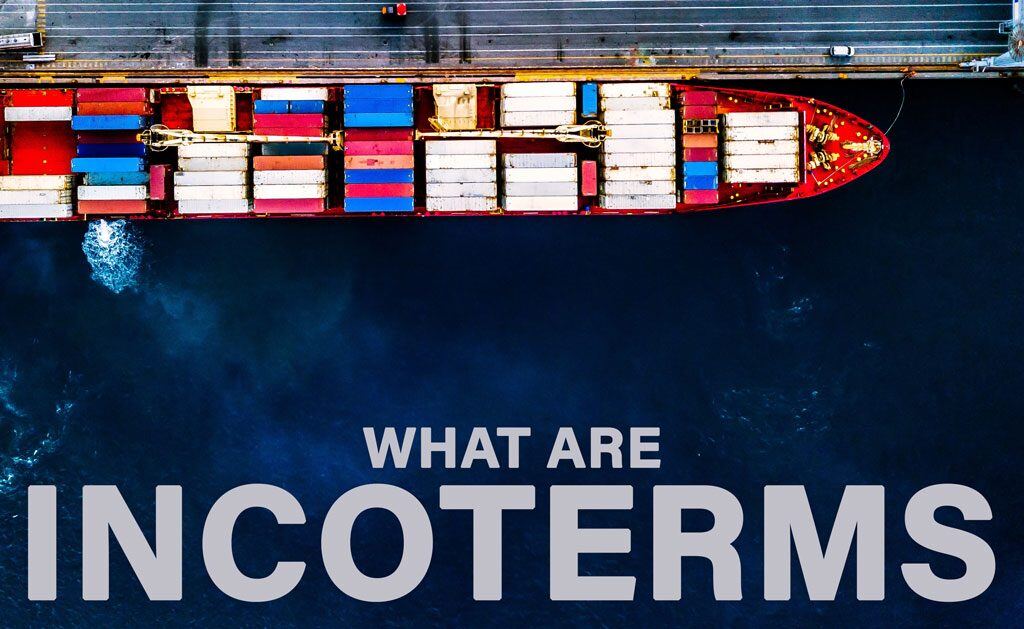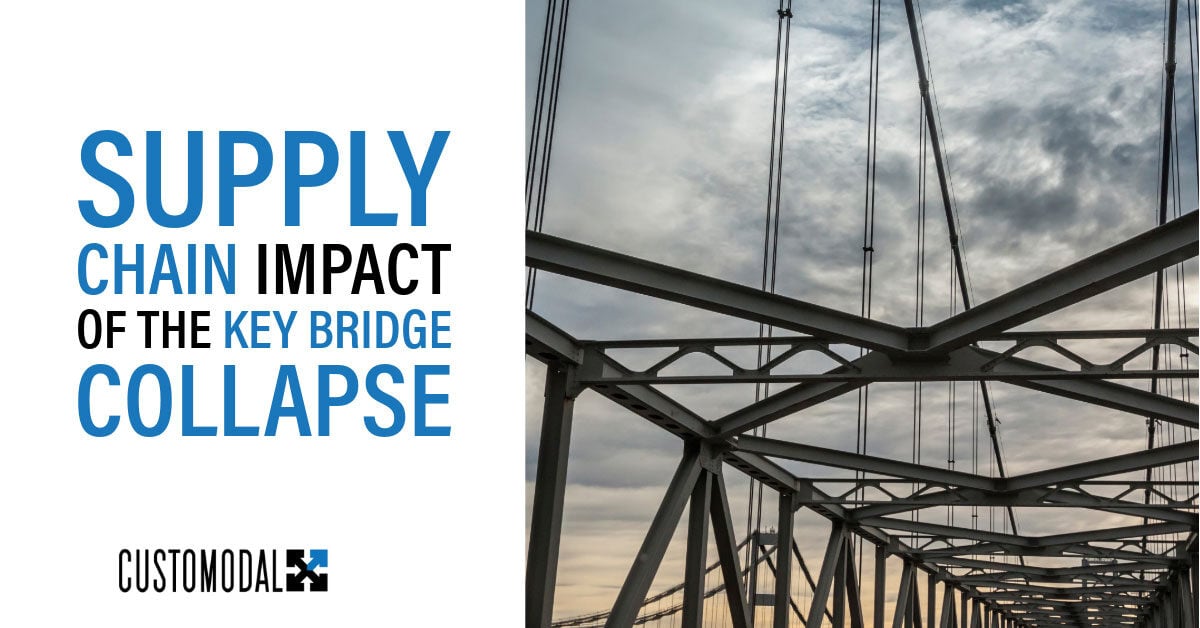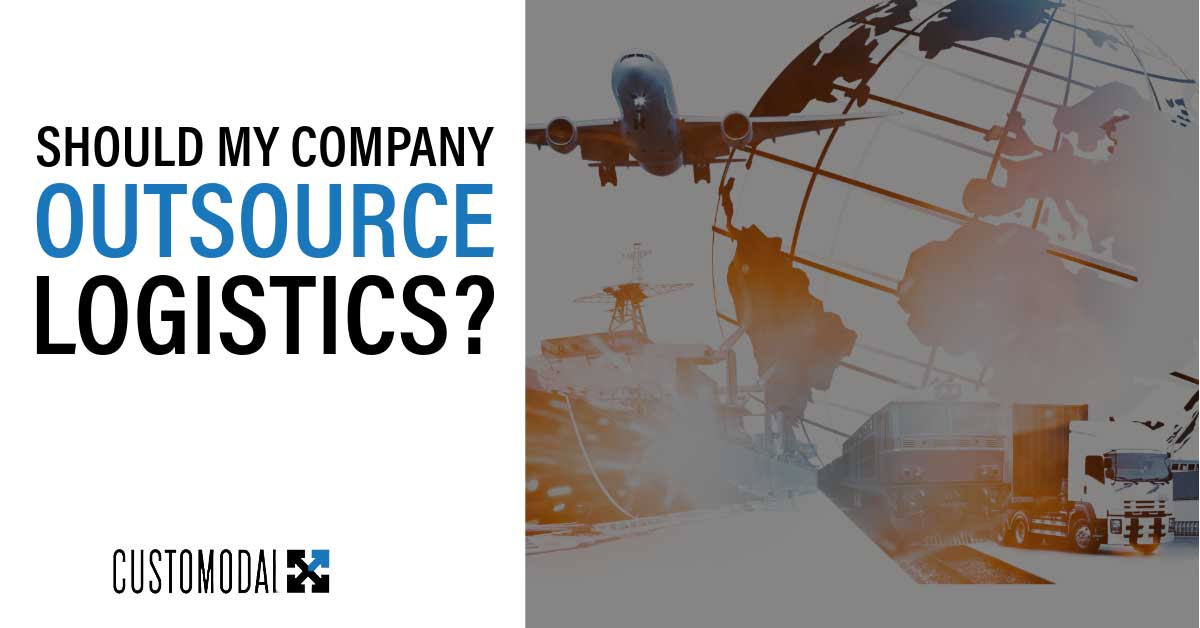
Skyrocketing transportation costs, frustrating delivery delays, and the constant pressure to do more with less–are all major pain points for modern outbound freight operations. But what if you could transform this logistical challenge into a competitive advantage? What if you could optimize routes, streamline operations, and improve delivery performance, all while keeping costs in check?
This isn't a pipe dream; it's the attainable future of last-mile delivery, waiting to be unlocked.
Hurdles to Final Mile Deliveries
Last-mile, or final mile delivery, is the final step in the outbound fulfillment process and a critical component of the modern supply chain. However, it's also a complex and costly operation, often representing a significant portion of total shipping expenses. Let's delve into the factors driving these costs and explore the challenges that businesses face in optimizing last-mile delivery.
Rising Costs
Fuel costs are a major contributor to last-mile delivery expenses. Fluctuating oil prices and the demand for faster delivery times put upward pressure on fuel budgets. Labor costs, including driver wages, benefits, and training, also represent a substantial portion of last-mile expenses. Furthermore, inefficiencies in routing and dispatching can significantly impact costs. Consider the wasted fuel and time associated with poorly planned routes or a lack of real-time traffic information. These inefficiencies accumulate quickly, directly affecting profitability.
Beyond these direct costs, there are indirect expenses to consider. Maintaining a fleet of delivery vehicles, including insurance, maintenance, and depreciation, adds to the overall cost burden. Administrative expenses, such as managing delivery schedules, tracking packages, and handling customer inquiries, also contribute to the financial equation.
Urban Complexities
Urban last-mile delivery presents a unique set of challenges. Traffic congestion is a major obstacle, leading to delays, increased fuel consumption, and driver frustration. Limited access to delivery locations, whether due to narrow streets, restricted zones, or inadequate parking, further complicates the process. These factors contribute to longer delivery times, increased costs, and a heightened risk of failed deliveries.
The density of urban environments also poses challenges. Delivering to high-rise buildings or apartment complexes often requires navigating complex security protocols and accessing multiple floors. This can increase delivery times and add complexity to the process.
Declining Delivery Success Rates
Failed deliveries are a costly problem for both businesses and customers. For businesses, each failed attempt translates to wasted time, fuel, and labor. It can also lead to increased customer service inquiries and the need for redelivery attempts, further driving up costs. Industry data suggests that failed last-mile freight deliveries can cost businesses upwards of $100 per attempt, a substantial expense that quickly escalates when multiplied across numerous shipments.
For customers, a missed delivery means inconvenience, frustration, and potentially a delay in receiving essential goods. In some cases, it can even lead to lost sales if customers opt to cancel their orders or choose a competitor with a more reliable delivery service.
Beyond the immediate financial impact, failed deliveries can damage a company's reputation and erode customer trust. In a competitive market, a negative delivery experience can quickly lead to customer churn and lost revenue.
Growing Customer Expectations
Customer expectations for last-mile delivery are continually evolving. Speed is a top priority, with customers demanding faster delivery times and more precise delivery windows. Flexibility is also essential, as customers desire options for alternative delivery locations, such as lockers or pick-up points, to accommodate their busy schedules. Transparency is another critical element, with customers expecting real-time visibility into the status of their deliveries and proactive communication throughout the process.
Meeting these rising expectations for the perfect shipment requires businesses to adopt a customer-centric approach to last-mile delivery. This means providing proactive communication, offering flexible delivery options, and ensuring a seamless and positive delivery experience from start to finish. By prioritizing the customer experience, businesses can build loyalty, enhance their brand reputation, and gain a competitive advantage in the marketplace.
Strategies for Mastering the Last Mile
Optimizing last-mile delivery requires a multifaceted approach that leverages technology, innovative delivery models, and a deep understanding of customer expectations. It's no longer enough to simply get a package from point A to point B; businesses must strive for efficiency, cost-effectiveness, and a seamless customer experience. Let's explore some key strategies that elevate last-mile operations from basic to best-in-class.
Technology as an Enabler: Beyond Static Routes
Advanced route optimization software is a game-changer in last-mile delivery. Instead of relying on static routes, these solutions leverage real-time data and sophisticated algorithms to dynamically adjust delivery schedules. Consider a scenario where a delivery driver encounters an unexpected road closure. Traditional routing systems might leave the driver stranded, wasting valuable time and fuel. However, dynamic route optimization software can instantly reroute the driver, minimizing disruption and ensuring timely delivery.
Real-time visibility is another crucial aspect of technology-enabled optimization. By integrating GPS tracking and telematics, businesses gain a comprehensive view of their delivery operations. This allows for proactive exception management, such as rerouting drivers to avoid traffic congestion or dispatching additional resources to handle unexpected spikes in demand. For example, a leading grocery delivery service utilizes real-time tracking to monitor driver performance, identify potential delays, and proactively notify customers of any changes to their delivery window.
Delivery Model Innovation
Traditional delivery models are being challenged by innovative approaches that prioritize customer convenience and flexibility. Alternative delivery methods, such as lockers and pick-up points, empower customers to retrieve their packages at their own convenience, eliminating the frustration of missed deliveries. A major retailer has successfully implemented a network of smart lockers in strategic locations, allowing customers to pick up their online orders 24/7. This not only reduces failed delivery attempts but also enhances customer satisfaction by offering greater control and flexibility.
Crowdsourced delivery is another emerging model that offers agility and scalability. By leveraging a network of independent drivers, businesses can quickly expand their delivery capacity to meet fluctuating demand or seasonal peaks. This approach has been particularly effective for restaurant delivery services, enabling them to rapidly scale their operations during peak hours and ensure timely delivery even during periods of high order volume.
Emerging Technologies
While still in its early stages, the potential of drones and autonomous vehicles to revolutionize last-mile delivery is undeniable. Imagine a future where drones seamlessly navigate urban landscapes, delivering packages to high-rise buildings or remote locations with unparalleled speed and efficiency. Autonomous vehicles hold the promise of further automation, reducing labor costs and increasing delivery capacity. Although widespread adoption is still on the horizon, forward-thinking businesses are already exploring pilot programs and investing in the development of these transformative technologies.
By embracing a strategic blend of technology, innovative delivery models, and a customer-centric approach, businesses can achieve last-mile mastery. This not only leads to improved efficiency and reduced costs but also enhances the customer experience, building loyalty and driving sustainable growth.
Beyond the Final Mile: Elevating the Delivery Experience
Last-mile delivery has become a critical battleground in the fight for customer loyalty. To win, businesses need more than just efficient transportation; they need a strategic approach that seamlessly integrates technology, innovation, and a deep understanding of customer expectations.
Imagine a delivery operation where real-time visibility empowers proactive decision-making, dynamic routing algorithms adjust to traffic conditions on the fly, and customers receive accurate ETAs and enjoy flexible delivery options that fit their busy lives. This is the level of service that separates industry leaders from the rest of the pack.
Customodal empowers businesses to achieve this vision. Our advanced technology platform provides unparalleled visibility into your delivery network, allowing you to track shipments, monitor driver performance, and proactively manage exceptions. Our route optimization engine leverages sophisticated algorithms to ensure efficient and timely deliveries, even in the face of unexpected disruptions.
At Customodal, we don't just move freight; we engineer optimized transportation solutions. Our dedicated team of logistics experts will work closely with you to understand your unique needs and develop customized solutions that streamline your supply chain, reduce costs, and enhance efficiency.
Ready to conquer your last-mile delivery challenges and transform them into a competitive advantage? Contact Customodal today to explore how our comprehensive solutions can elevate your logistics operations and drive business growth.




